Photograph the same classmate in each of the four lighting set ups. create the widest range of mood possible.
Post at least 20 photos to an album on Flickr and send your four best, one of each lighting style, to the class group.
Robin Michals | COMD 1340 Photography 1 DO97
Photograph the same classmate in each of the four lighting set ups. create the widest range of mood possible.
Post at least 20 photos to an album on Flickr and send your four best, one of each lighting style, to the class group.
The goal of the Final Project is to create a series of 10 related images on a theme.
You may choose to do either:
A series of portraits OR
A portrait of a neighborhood
OR working outside during the day a series on Mirrors (reflections) and Windows.
First decide which assignment(s) you most enjoyed. Then consider: do you have people to work with? What is your schedule like and what is practical?
Deliverables and dates:
Due Week 13, November 30: Shoot 1 – minimum of 30 images in an album on Flickr
Due Week 14, December 7: Shoot 2 – minimum of 30 images in an album on Flickr
Due Week 15, December 14: Shoot 3 -minimum of 30 images in an album on Flickr PLUS
Examples:
Ilda Medel- A Neighborhood Portrait
Jing Wang – A Neighborhood portrait
https://www.flickr.com/photos/189946022@N05/albums/72157717331742888
Example Projects:
Jennifer Humala – Portraits
Inspiration for Mirrors and Windows:
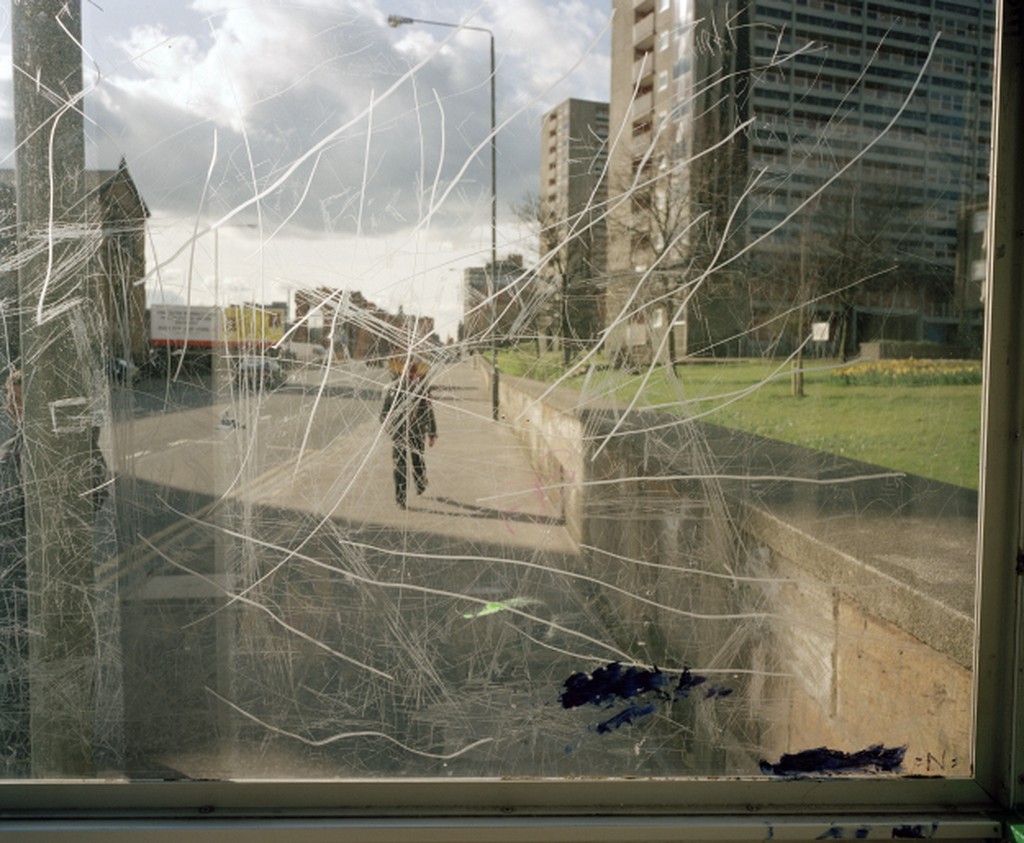

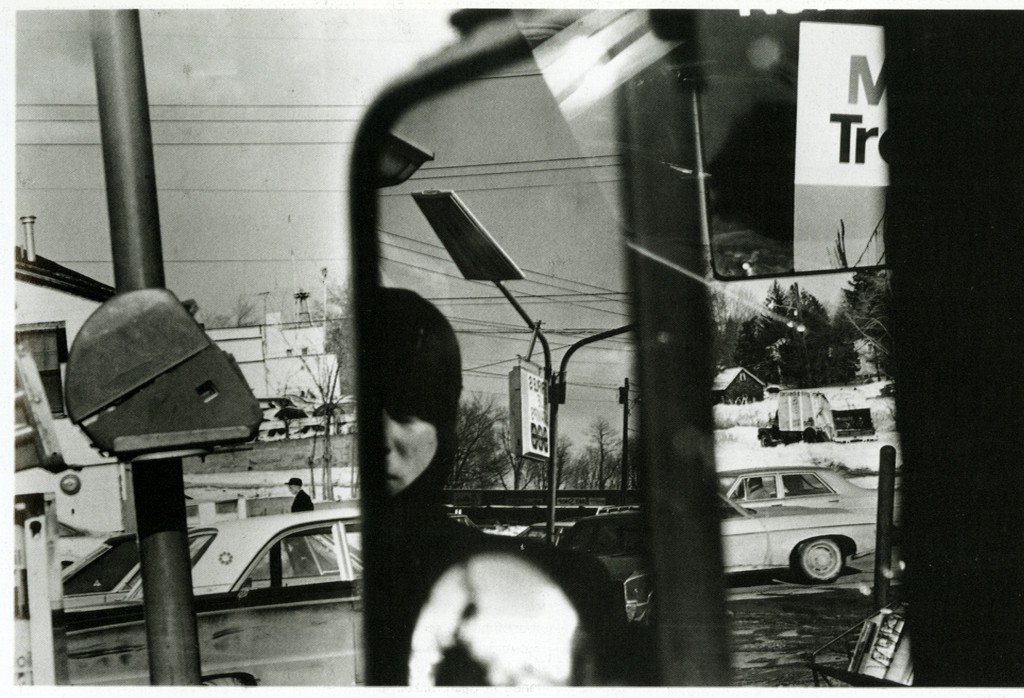
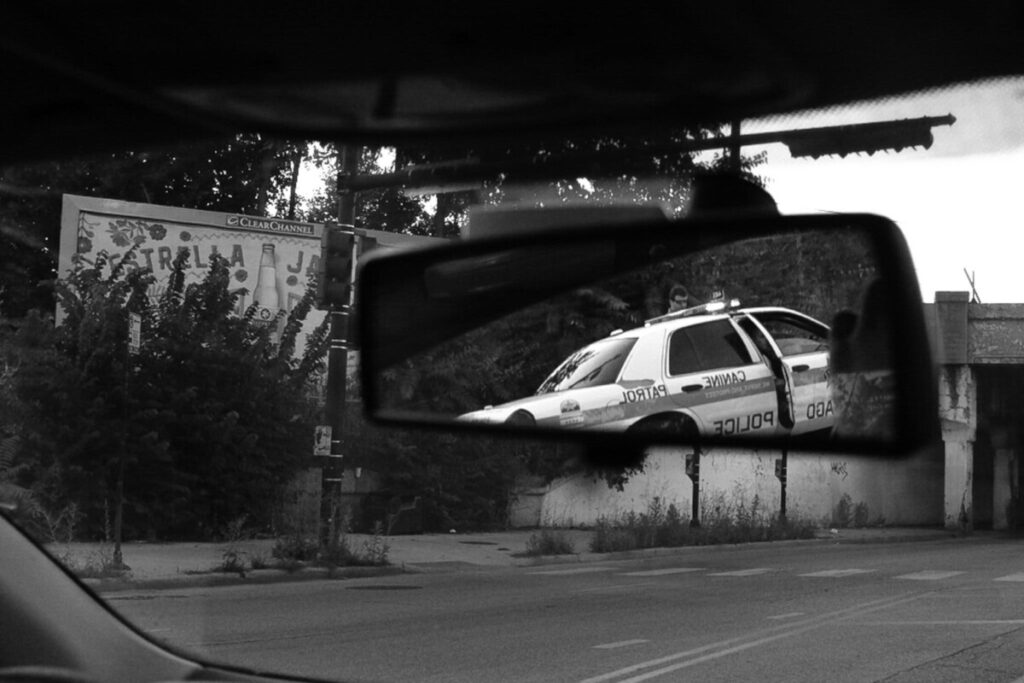


The focal length of a lens is defined as the distance in mm from the optical center of the lens to the the sensor when the lens is focused on infinity. This varies on the camera and the lens.
Focal length controls: Magnification and angle of view
Focal length is described as short, normal ie close to human vision, or long.
Wide Angle Distortion-created when using a wide-angle lens AND the camera is very close to the subject. The object close to the lens appears abnormally large relative to more distant objects, and distant objects appear abnormally small and hence more distant – distances are extended.
Focal length and proximity to the camera affect how a person’s face looks in a photograph. A wide focal length and proximity between the subject and the camera create wide angle distortion and will distort a person’s features.
Think about selfie sticks. What are they for but to get the camera away from your face? This makes the photograph look more complimentary to the subject. This is really important with a cameraphone because it has a wide angle lens. The center of the lens and the sensor cannot be very far apart given the thin design of cellphones.
When working with a crop-frame sensor such as a Canon 60d, approximately 65 mm will be the most flattering to your subject.
There are three basic types of lights (these are the physical lights not portrait lighting styles):
2. The Fill Light-this light brightens the shadows. It can be a reflector or an actual light.
This video shows how to use a reflector as the fill light.
3. The Separation Light or Background Light-creates separation between the subject and the background. This light can be aimed at the background or it can be aimed at the subject. If the later, it would be called a hair light. If accenting the edge of the face or shoulders, this light would be called a rim light or a kicker.
– standard lighting for portraits, video and film, uses all three: a main light, a fill light and a background light.
Due Nov 23. 4 pts.
Create a series of 30 portraits of at least 3 different subjects using window light or outdoor diffused light.
For each subject, shoot some in front view, some in three quarter view and some in profile.
Try the 5 lighting styles: front light, Rembrandt light, split light for front view poses, and broad light and short light for three-quarter poses. When you are working with a window, you can’t move the light source so you and the subject must move.
You should be near or next to a window during the day.
The window can be in the photo or you can just use the light from the window.
Pay attention what is in the frame and make sure the background adds to the photo and is not distracting.
Your photos should use light and expression to be expressive. No props. If you have curtains or venetian blinds, you may use them as elements in the photos.
Experiment with different expressions and gestures and different framing (how much of your subject is in the frame.)
Upload the 30 photos to OpenLab and put them in an album. Send your best 3 – the best of each subject- to the class group.
Examples from last semester
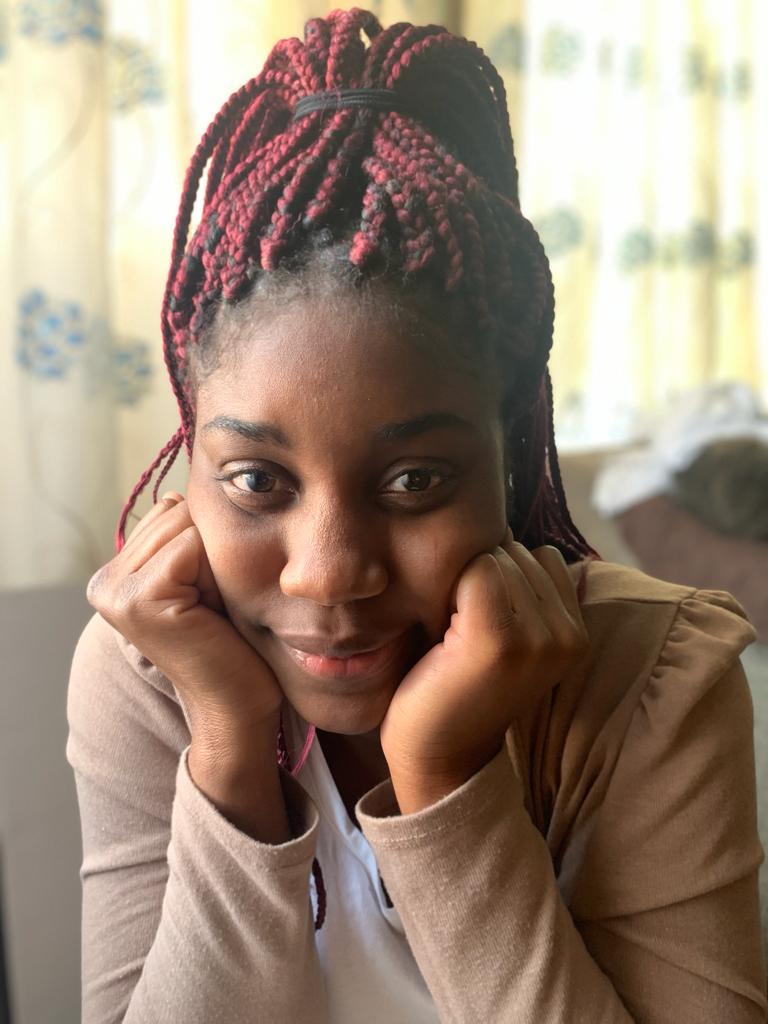
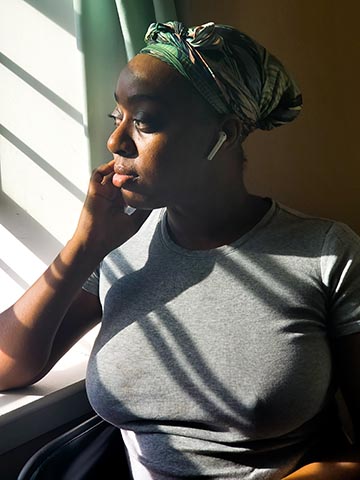
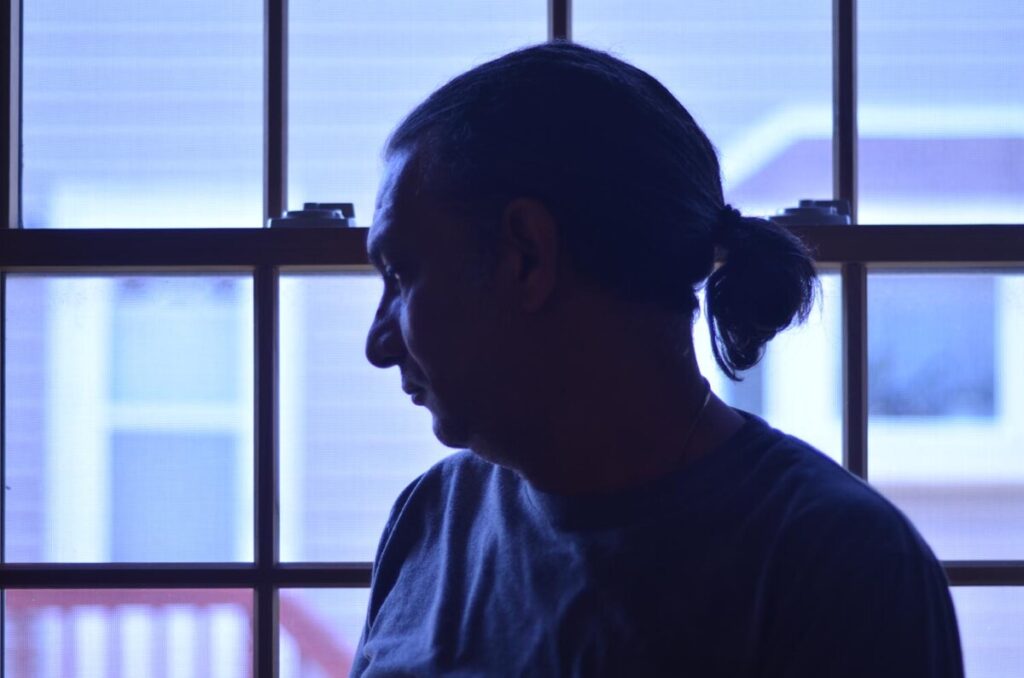
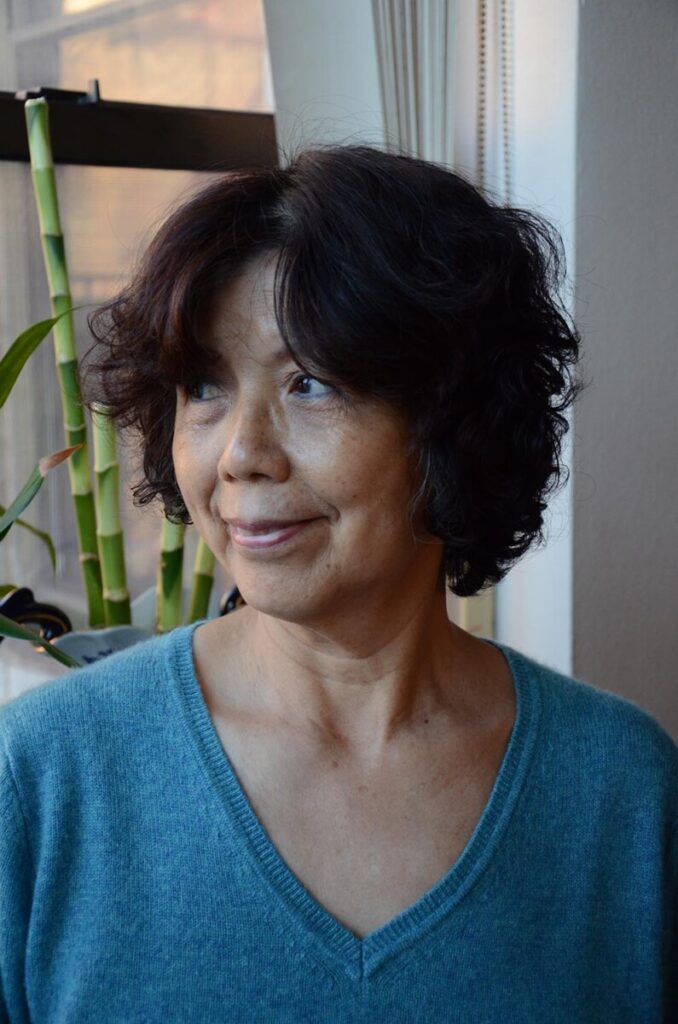
Set up:
The key or main light is the light that casts the shadows.
Working with just the key light:
Front view:
Photograph your subject with:
Three-quarter view:
Photograph your subject with:
Profile:
The model turns their face at a 90 degree angle to the camera. Place light like a side light. The subject faces the light BEING VERY CAREFUL NOT TO LOOK DIRECTLY INTO THE LIGHT.
Put your 20 best photos into an album on Flickr. Make sure to represent each one of these lighting styles. Send your 2 best to the class group.
© 2024 COMD 1340 DO97
Theme by Anders Noren — Up ↑
Recent Comments